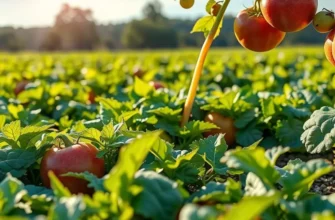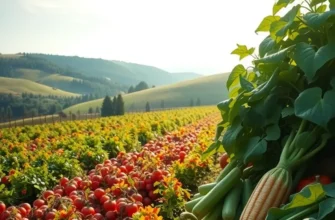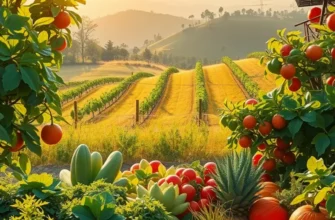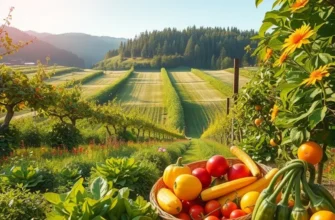Food waste is an issue that not only affects our wallets but also impacts the environment. By understanding how to properly store food and manage our supplies, we can make a remarkable difference at home. Engaging in practical food waste audits helps illuminate areas where we can conserve resources, reduce waste, and save money. With a few actionable strategies, you can streamline your kitchen practices and contribute to a more sustainable future.
Embarking on Food Waste Audits
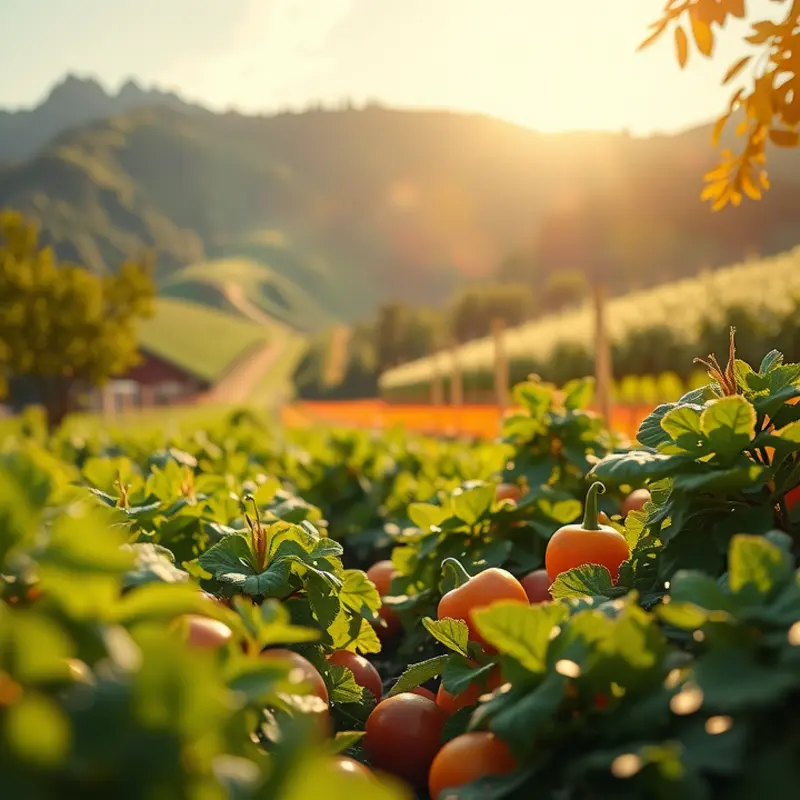
Embarking on a food waste audit can feel like an overwhelming task, but breaking it down into smaller steps makes it manageable and insightful. The key to success lies in understanding your current habits and identifying areas that could benefit from improved management.
Begin by gathering a week’s worth of data about the food you discard. Keep a notebook or use a digital app to record the type and quantity of food being wasted. Be consistent in tracking whether it’s leftovers, spoiled goods, or forgotten items.
After your week of monitoring, it’s time to analyze the results. Categorize the waste into groups such as produce, dairy, or grains, and note the amounts wasted. This helps in pinpointing which category has the most significant loss and sheds light on potential problem areas.
Next, reflect on why each item was wasted. Was it due to improper storage? Misjudged meal portions? Or perhaps a lack of time to cook planned meals? Understanding the ‘why’ behind the waste is crucial in tailoring effective solutions.
With insights in hand, start brainstorming practical interventions for each issue. If produce is spoiling, focus on enhancing your storage techniques. You can explore eco-smart kitchen storage options to extend shelf life. This might include using airtight containers, proper refrigeration practices, or exploring preservation methods.
For leftover troubles, prioritize meal planning to consume what you already have before opting for new recipes. Practice using smaller serving dishes to encourage portion control and reduce leftovers. Additionally, embrace the concept of ‘Batch Cooking’—set aside time on the weekend to prepare meals that utilize similar ingredients to reduce waste and streamline cooking.
Engage in creative cooking to use up ingredients on the verge of expiration. Make soups, casseroles, or stir-fries, which are perfect one-pot solutions that reduce waste. Use sensory cues rather than sell-by dates to determine food freshness; many foods are safe to eat past these arbitrary deadlines.
Adjust your shopping habits to prevent over-purchasing. Buy in bulk only for items you consistently use and stick to a shopping list crafted from your meal plans. This ensures you’re only purchasing what’s necessary, thus minimizing potential waste.
Remember, the goal of a food audit isn’t perfection but progress. By continuously monitoring waste and adjusting your habits, you contribute to both your wallet and the well-being of the planet. The steps you take today will build a more sustainable, waste-free kitchen over time.
Mastering Food Storage Techniques
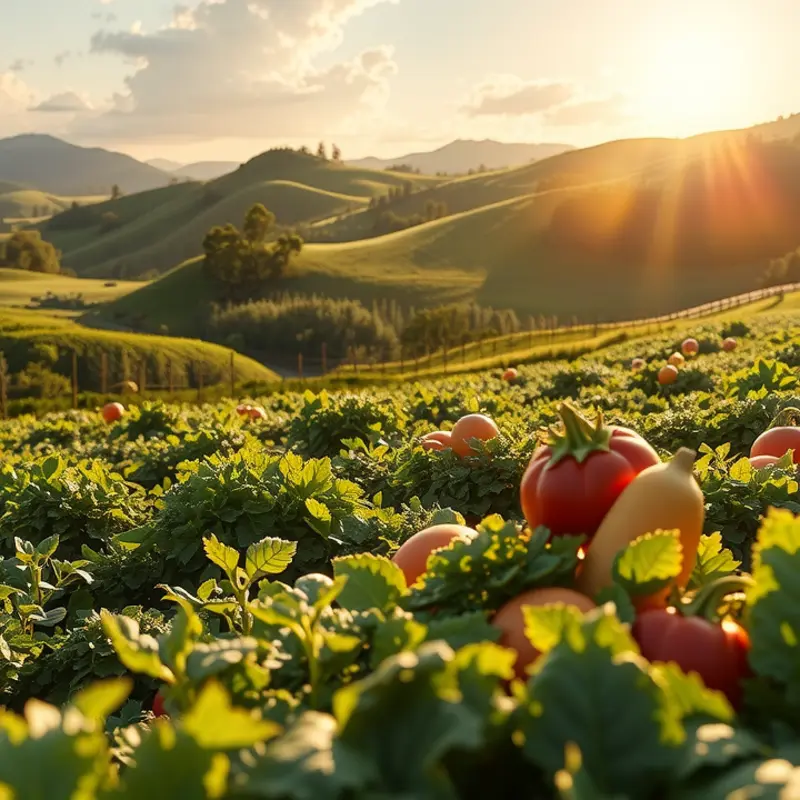
The art of food storage is a vital skill for anyone hoping to minimize waste and maximize freshness. Proper temperature settings are a cornerstone of effective storage. Refrigerators are typically set around 37°F (3°C), which keeps perishable items like dairy and meats safe while preventing freezing. Freezers should maintain a consistent temperature of 0°F (-18°C) to ensure long-term storage. Monitoring and adjusting these settings not only keeps food fresh longer but also reduces spoilage.
Choosing the right container is another key element in food storage. Airtight containers prevent exposure to air, which can cause fruits and vegetables to spoil quickly. Opt for glass or BPA-free plastic containers with tight-sealing lids. Mason jars are perfect for storing liquids, grains, and even soups, while stackable containers can help organize your fridge efficiently.
Proper food pairing inside storage units can significantly affect shelf life. Keep ethylene-sensitive items like apples and broccoli away from ethylene-producers such as bananas and avocados. This separation helps prevent premature ripening and extends freshness. Similarly, leafy greens last longer when wrapped in a slightly damp cloth or paper towel and stored inside a sealed container.
Innovative storage solutions can also contribute to waste reduction. Utilize your fridge’s crisper drawers for vegetables and fruits, ensuring items stay crisp and flavorful. Meats should be stored in the coldest part of the fridge or the bottom shelf to prevent drips and contamination. Vacuum sealing can further extend the lifespan of your foods, offering an airtight solution that’s particularly good for meats and bulk purchases stored in the freezer.
Additionally, consider reorganizing your pantry based on the first-in, first-out principle. Place older items in the front to ensure they’re used first, reducing the chance of food expiring unnoticed. Clearly label all containers with dates to keep track of freshness.
Addressing moisture content in storage is crucial. High moisture levels can lead to mold growth while too little can cause food to dry out. Maintain a balanced humidity, particularly in the fridge, by using humidity-controlled drawers. These drawers can be adjusted for different types of perishables, keeping leafy greens from wilting and fruits from becoming mushy.
To make your kitchen an eco-smart space, explore techniques like fermenting, pickling, or dehydrating surplus produce. This not only prevents waste but also adds a nutritional punch to your diet. For more eco-friendly kitchen storage tips, check out our guide on eco-smart kitchen storage.
Incorporating these storage techniques into your daily routine can significantly reduce food waste. By mindfully managing your food storage practices, you create a more sustainable and waste-free kitchen environment that is both practical and beneficial for the planet.
Final words
Conducting food waste audits and mastering food storage techniques is essential for minimizing waste and promoting sustainability. By assessing what food is discarded and implementing better storage practices, you can significantly reduce spoilage and save money. Remember to regularly evaluate your kitchen inventory, practice FIFO (first in, first out) for perishable items, and store foods in the right conditions. Every small change has a big impact. Reducing food waste not only benefits your wallet but also contributes positively to environmental efforts.


